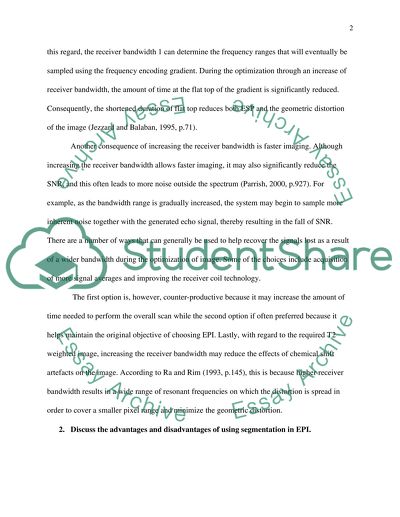Cite this document
(“Fast Imaging Techniques (MRI) Essay Example | Topics and Well Written Essays - 1500 words”, n.d.)
Retrieved from https://studentshare.org/physics/1459245-fast-imaging-techniques-mri
Retrieved from https://studentshare.org/physics/1459245-fast-imaging-techniques-mri
(Fast Imaging Techniques (MRI) Essay Example | Topics and Well Written Essays - 1500 Words)
https://studentshare.org/physics/1459245-fast-imaging-techniques-mri.
https://studentshare.org/physics/1459245-fast-imaging-techniques-mri.
“Fast Imaging Techniques (MRI) Essay Example | Topics and Well Written Essays - 1500 Words”, n.d. https://studentshare.org/physics/1459245-fast-imaging-techniques-mri.


